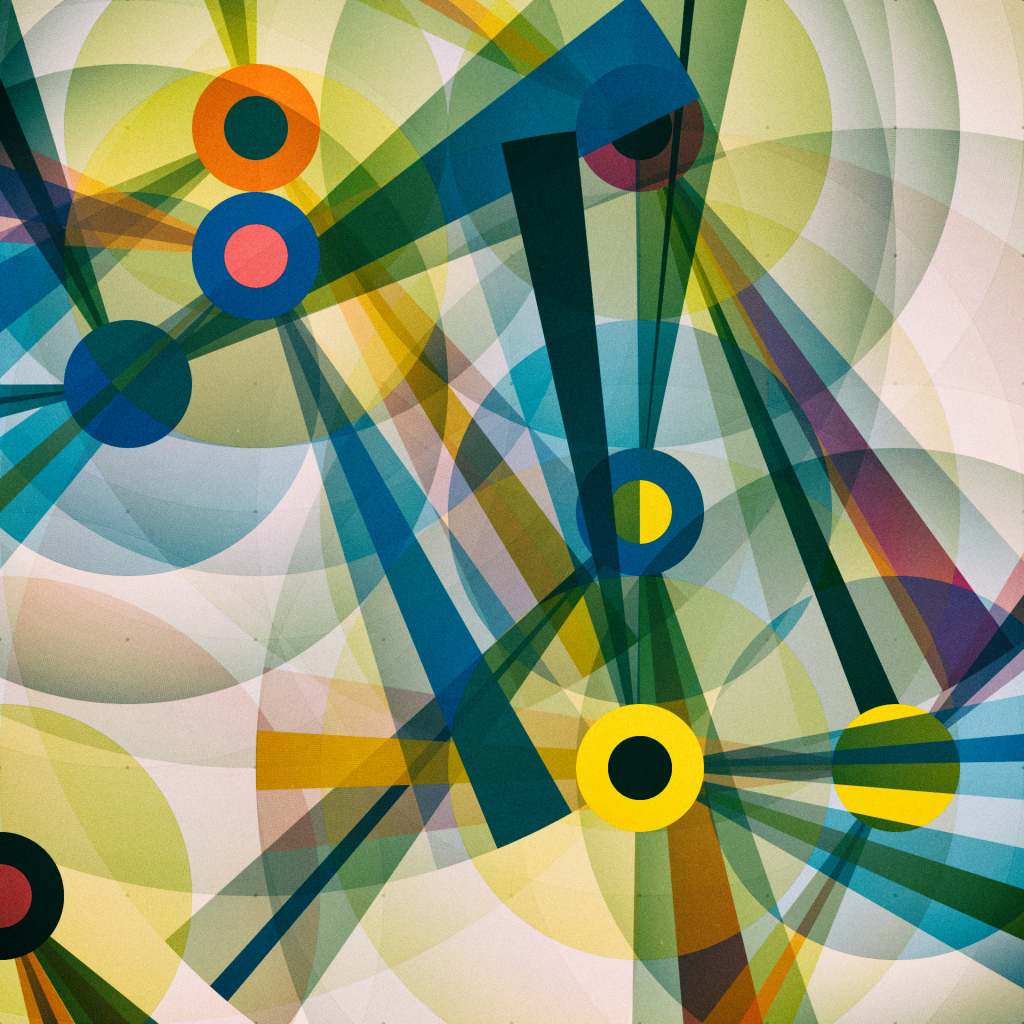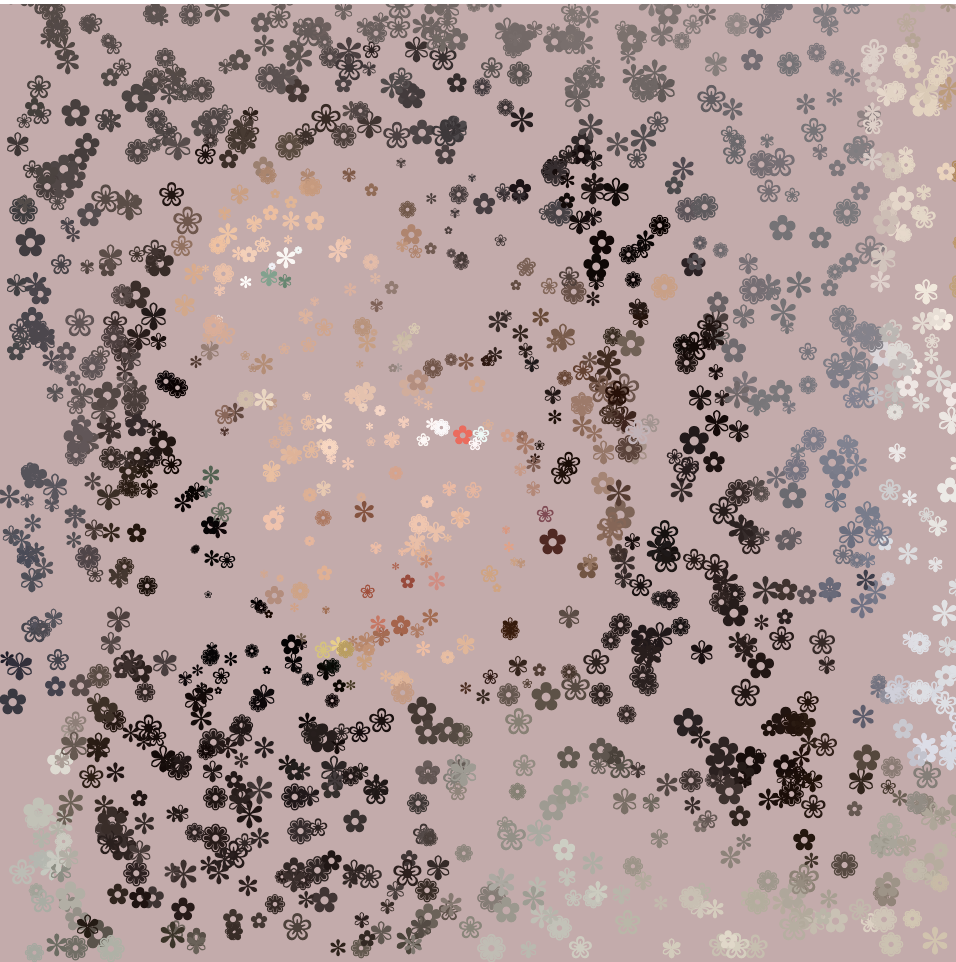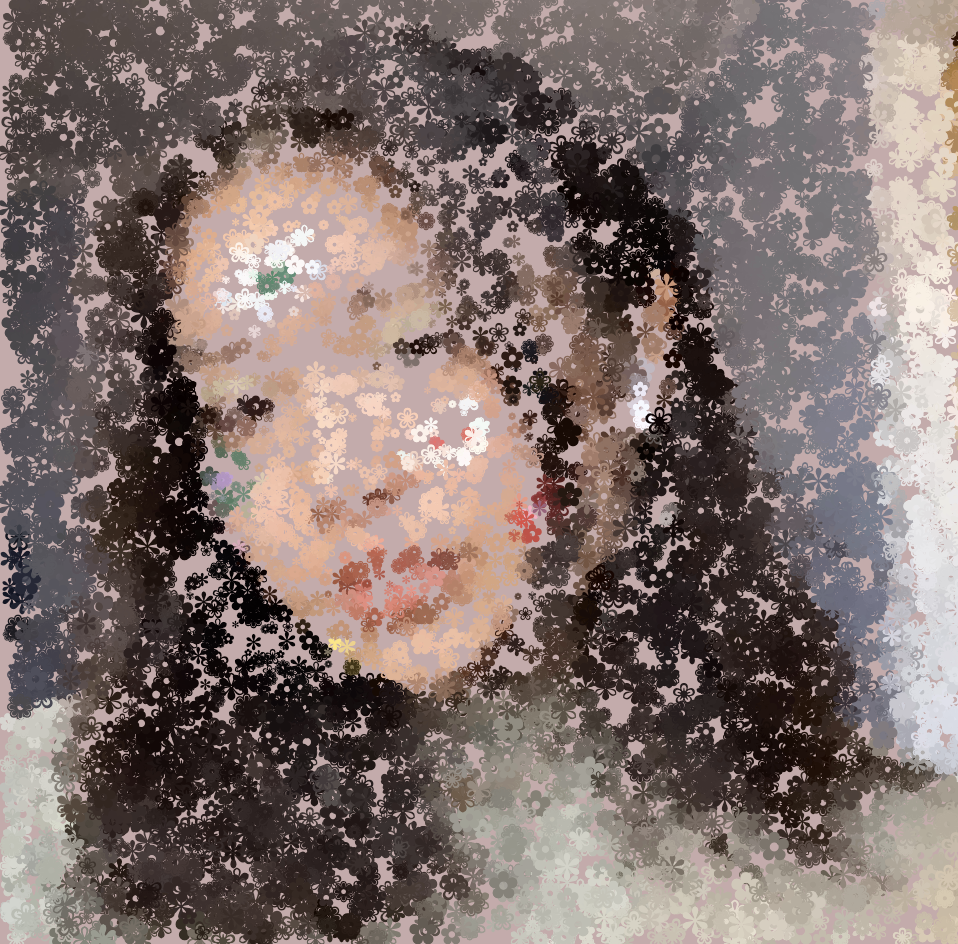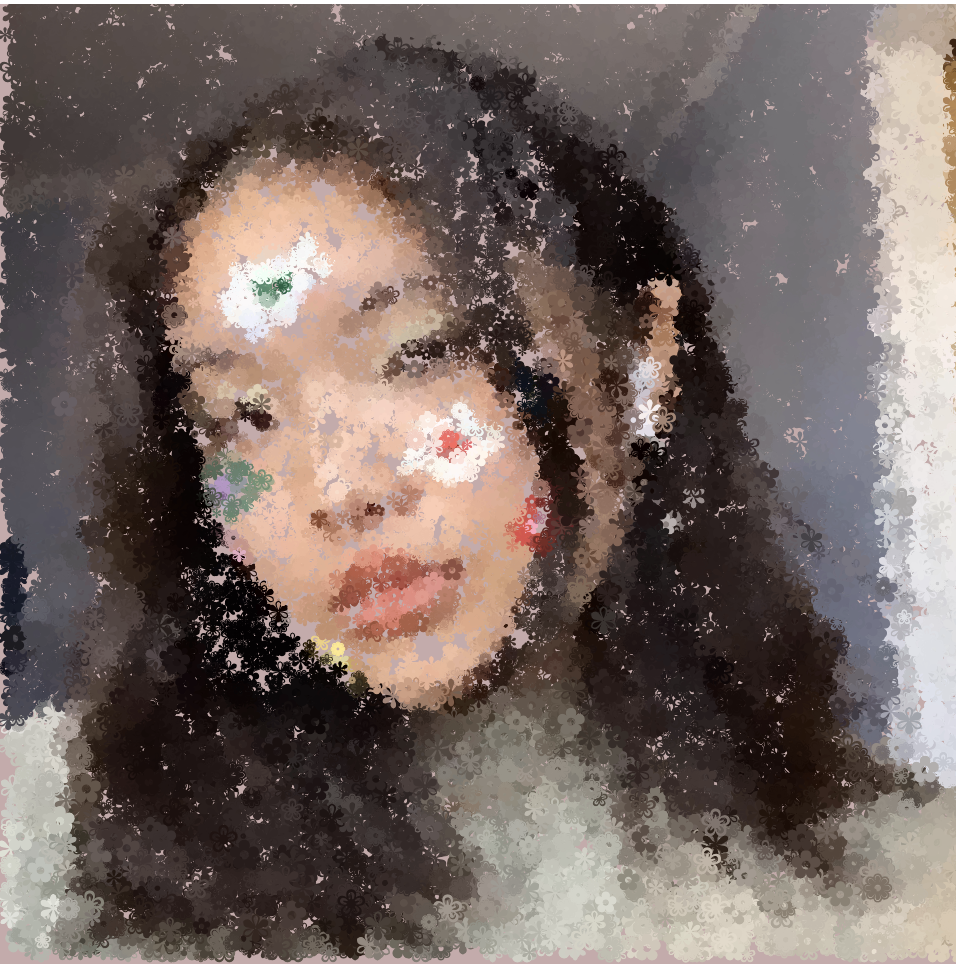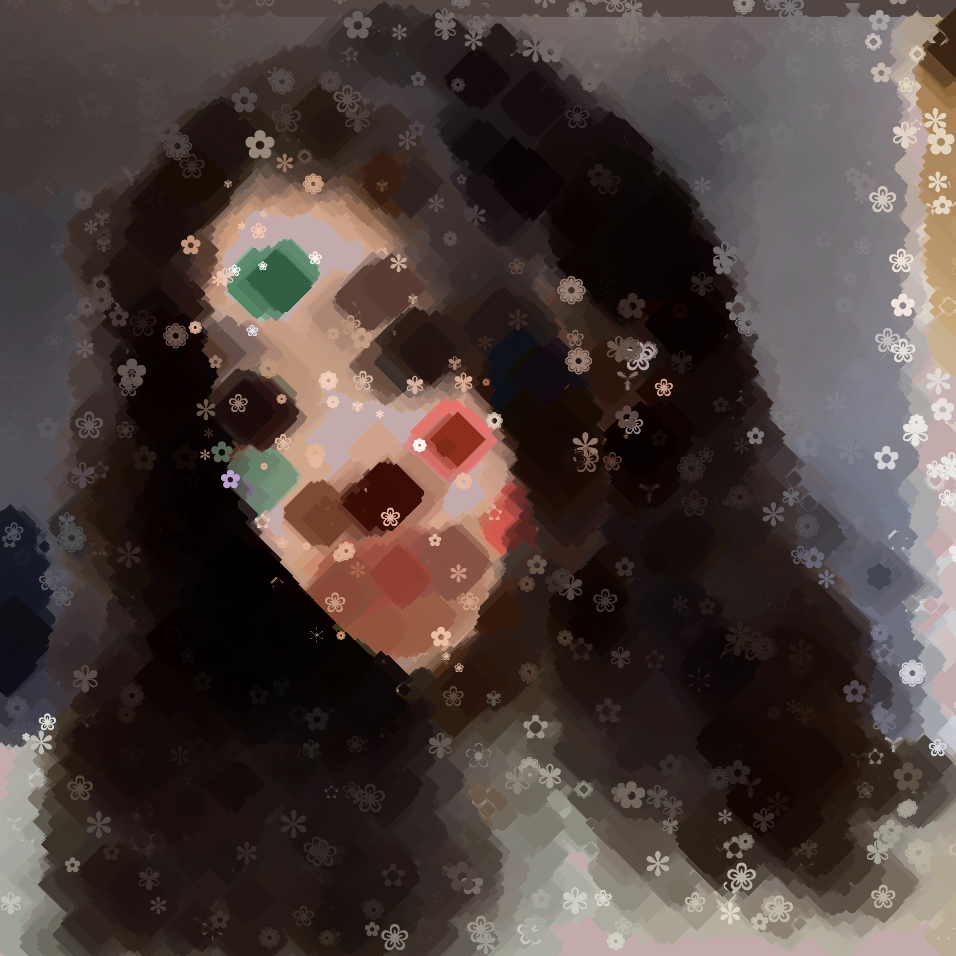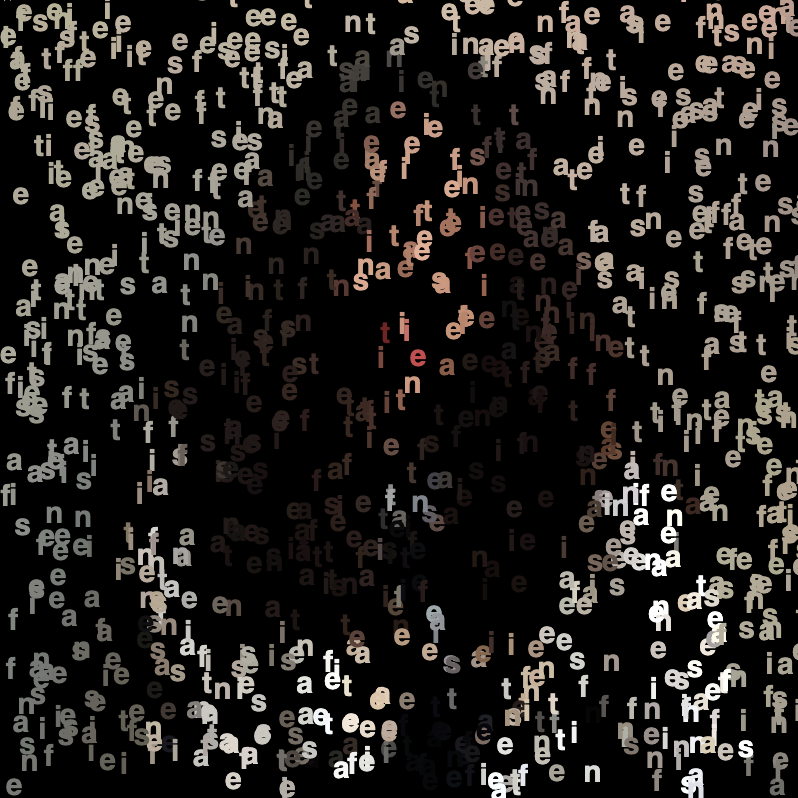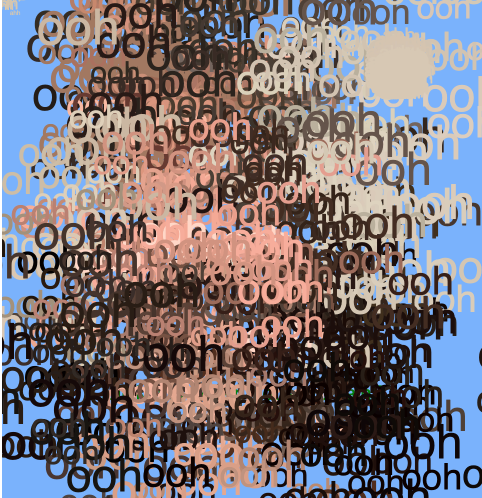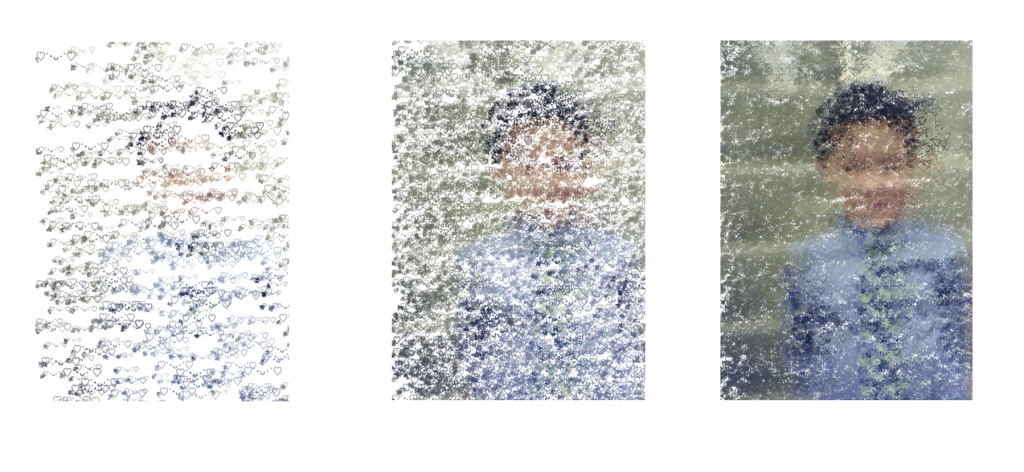From Bennett’s LO – 04 on Tomu Tomu’s “Plant Sounds” project:
I really like the idea of being able to hear plant sounds. I like to think that everything makes noise, it’s just the matter of being able to hear it, like how when in a really quiet space or after working out you can hear your own body working, your inhale and exhale, your pulse, your blood running through your body. I guess plants don’t actually make noises, but I think that synthesizing certain noises to specific biological processes of the plant would be interesting. I think it would actually be an interesting exploration of tracking a plant’s growth or health. Assuming that certain processes are only for producing a new growth–maintaining current growths, cutting off nutrients from certain areas of the plant(like flowers on a plant dying), or trying to heal from damage or fight off infection–the general sounds produced by the plant would change according to what processes it’s engaging in, so you would be able to tell if the state of the plant is undergoing change prior to any visible change simply by the change in the sound produced. Although I think that would be far more complicated to create.
The “Plant Sounds” project reminds me of a product I saw a while ago: Playtronica. It’s a TouchMe Midi that faciliates the production of sound when an electronic loop is formed, essentially making it so that when two people form hold either end of the midi, they are able to create music through touching each other. I think the Playtronica has a lot of potential for experimentation, especially when used for performance or music production. I would be really interested in seeing a dance performance where the dances have individual midis with a specific set of notes/sounds per performer so that the sounds are explicitly created by the interaction of touch between specific dancers. I wonder if that were applied to a longer performance, like a ballet, you would be able to find motifs within the created music that tracks the interactions and grown of relationships between certain characters of the ballet.
Playtronica TouchMe: https://shop.playtronica.com/touchme
![[OLD FALL 2020] 15-104 • Introduction to Computing for Creative Practice](../../../../wp-content/uploads/2021/09/stop-banner.png)
